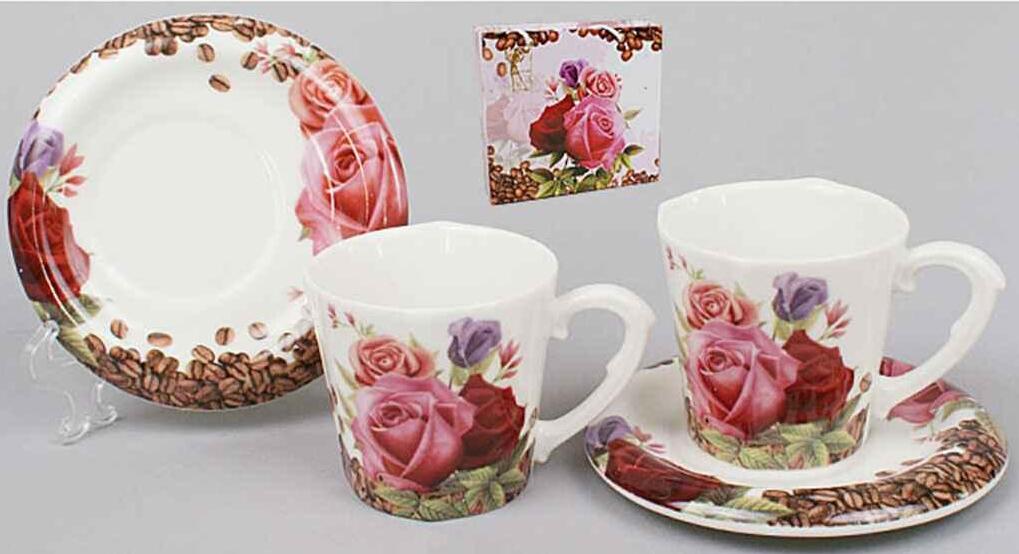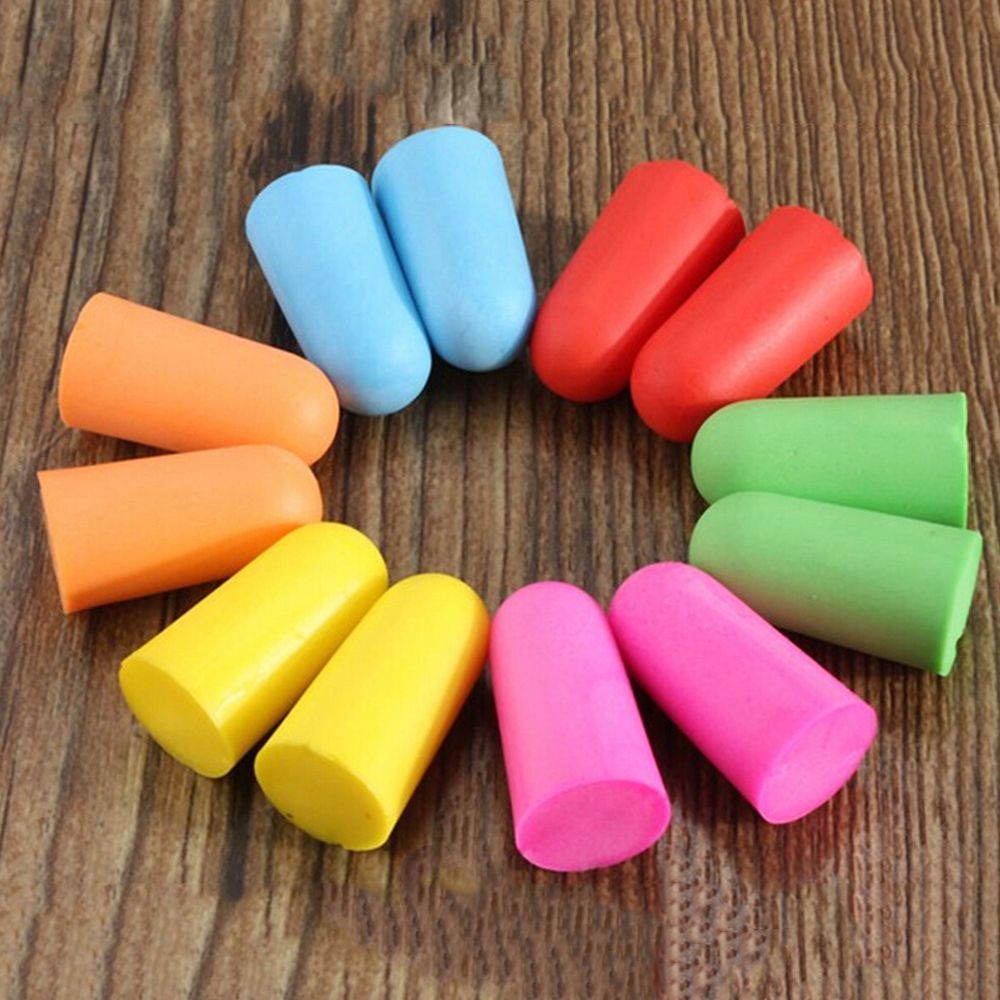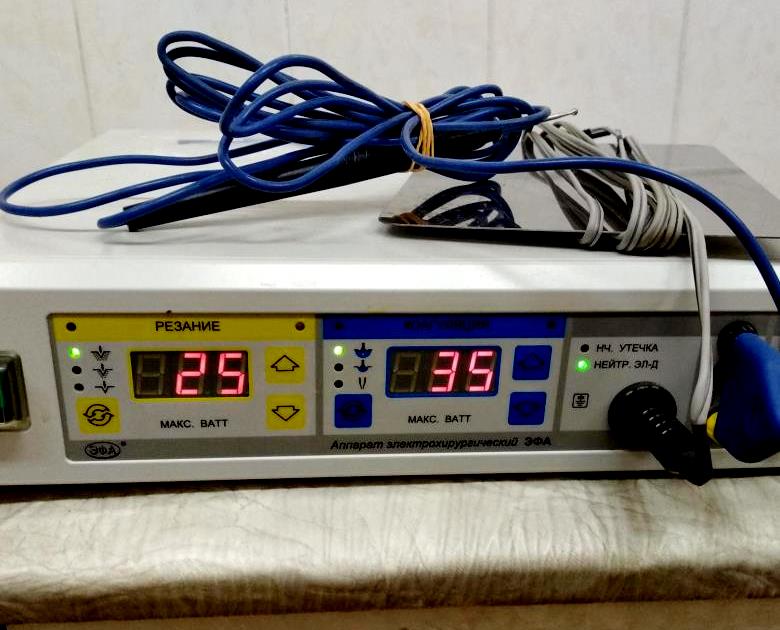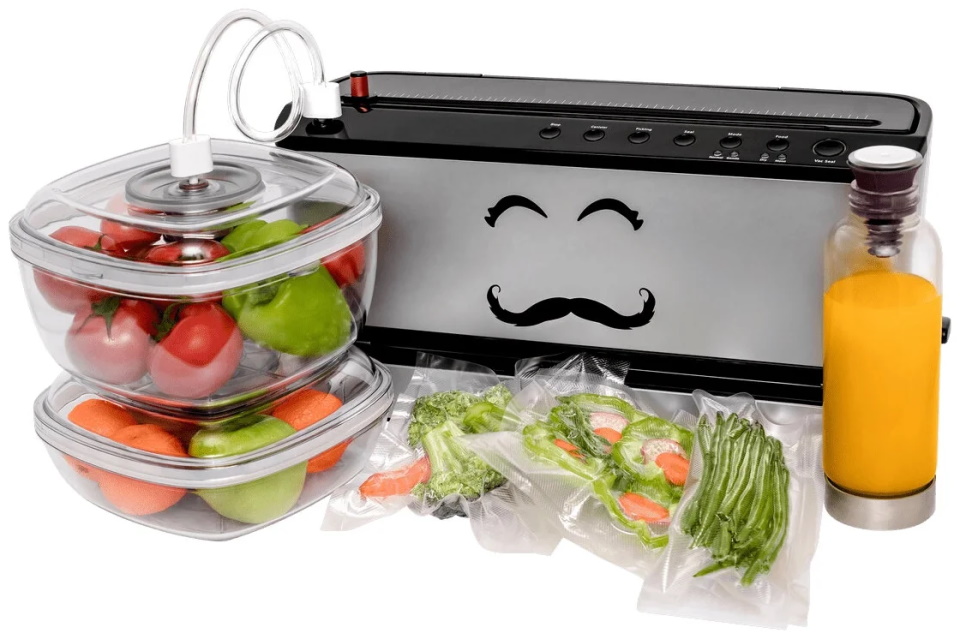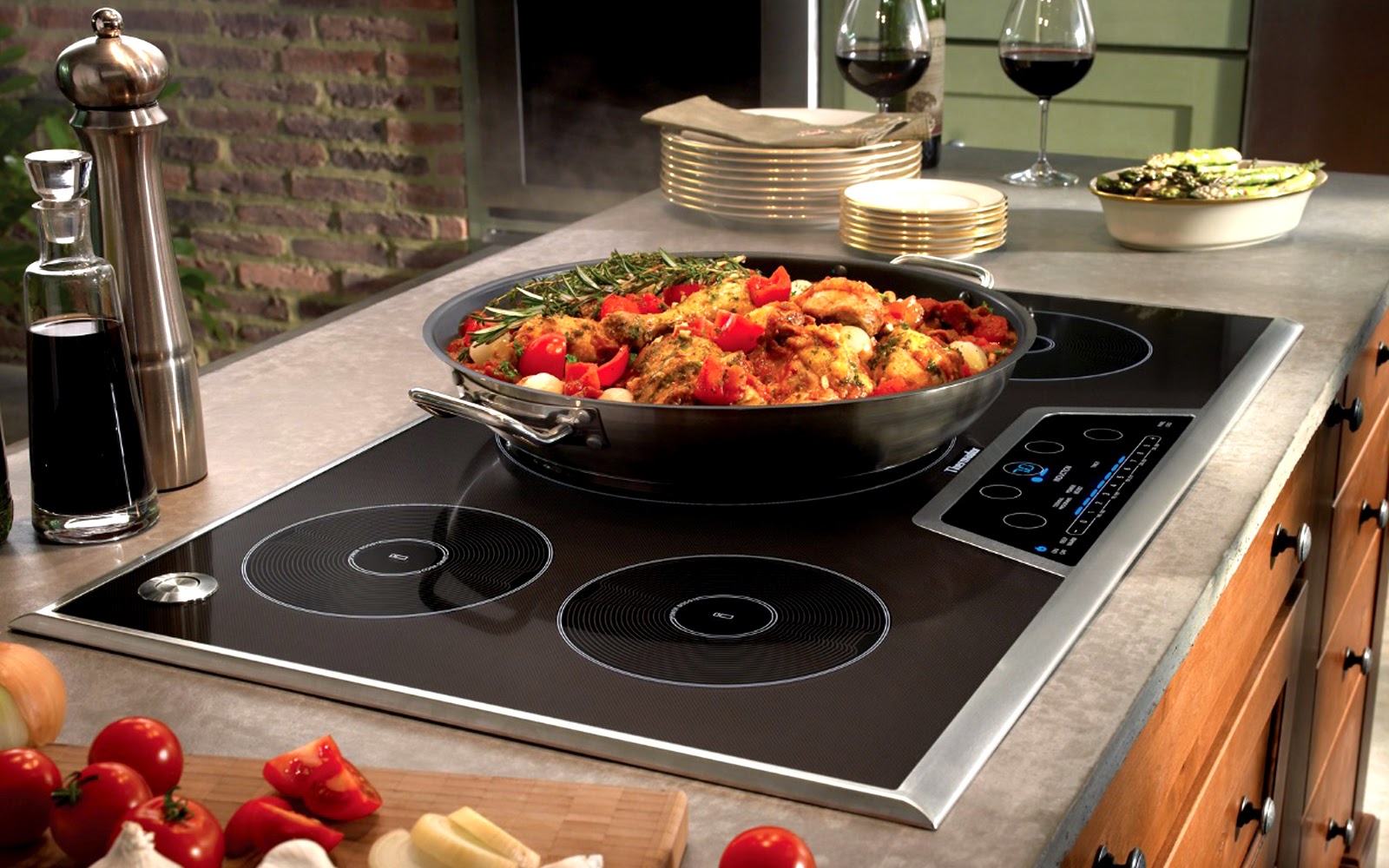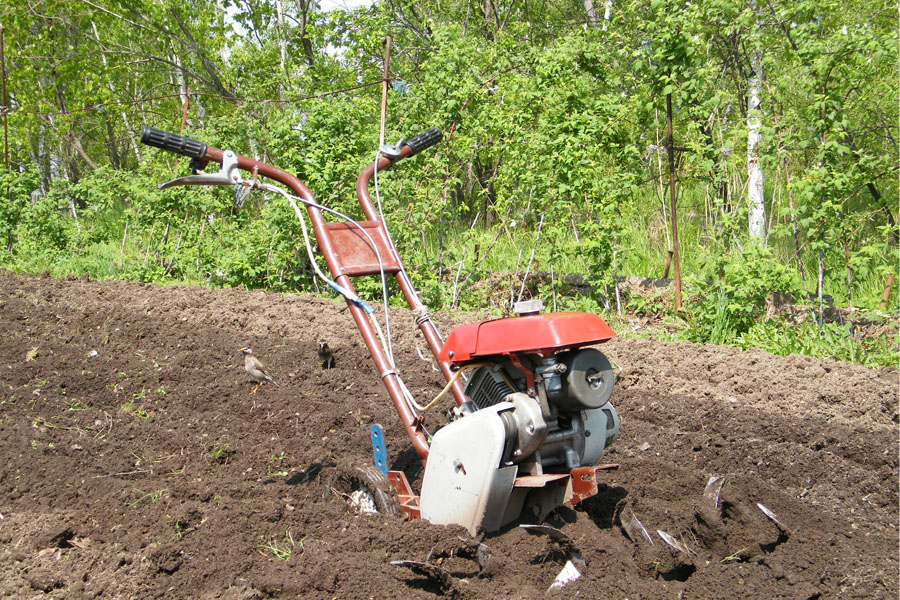Ranking of the best frozen vegetables and mixes for 2025
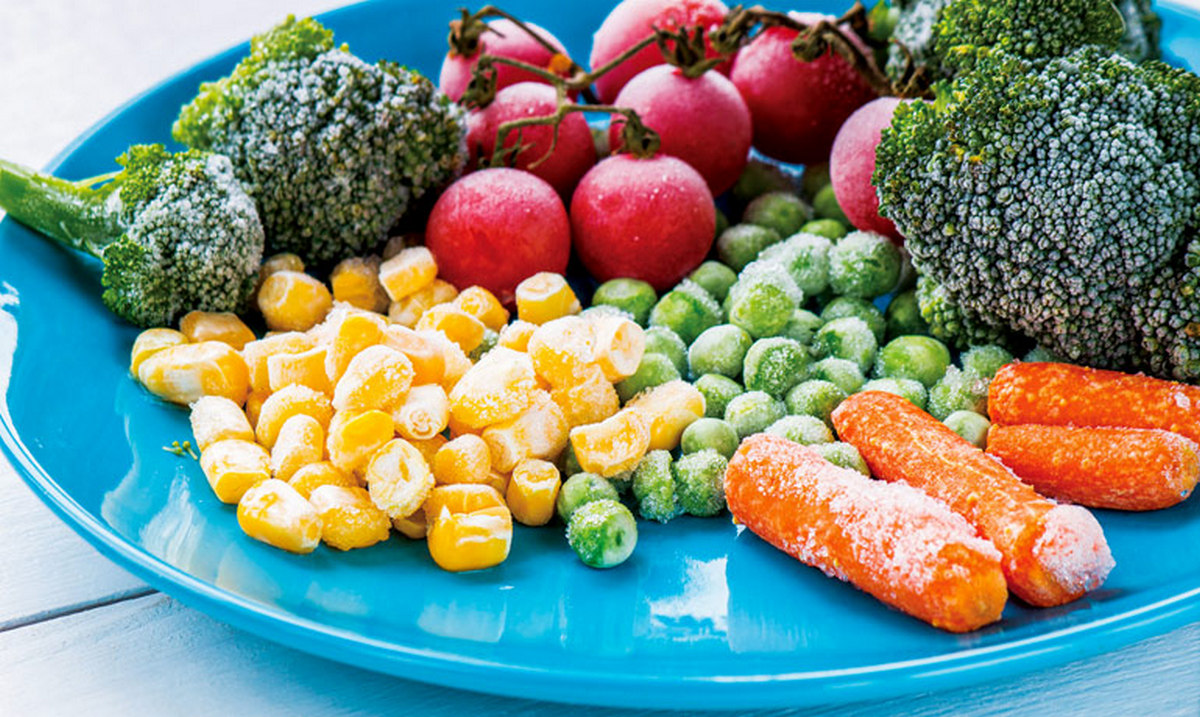
Frozen vegetables and their mixtures are convenient not only for the preparation of long-term storage, but also for quick preparation of any side dish. Even chefs in large restaurants prefer to order and use them, rather than constantly overpaying for fresh products. The main thing is that this product almost completely retains all its taste and useful qualities, losing their very minimum. Cooking such vegetables is also not difficult, and if you have a microwave, defrosting does not take much time.
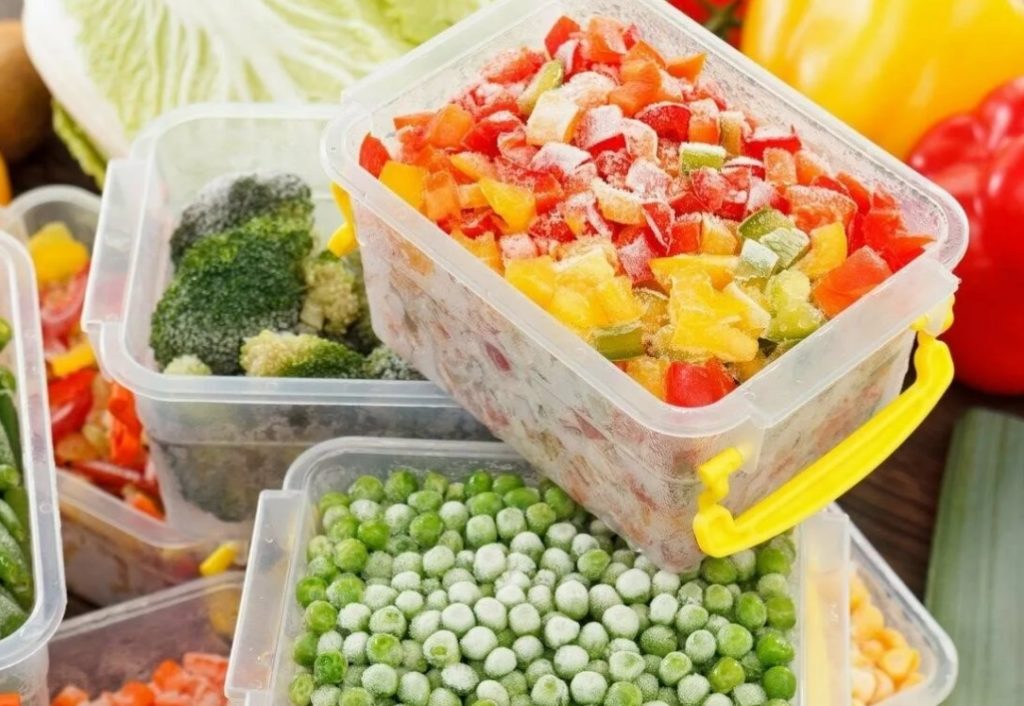
Content [Hide]
Popular vegetables and freeze mixes
These primarily include:
- Cabbage of various types (Brussels, cauliflower, white cabbage, broccoli);
- Carrot;
- Onion;
- Potato;
- Zucchini and eggplant;
- Bell pepper;
- Corn;
- Celery;
- Polka dots;
- Red and green beans (green);
- Rice;
- Mushrooms.
All of the above products can be supplied as a single product (mono-products) or combined.
IMPORTANT! It is worth noting that mixing two or three types cannot be called a complete mixture.
Freezing can be purchased both industrially and prepared independently at home (the technology is not difficult, and over time, you can independently invent new mixtures and recipes). Nevertheless, there are several standard types of frozen vegetable mixes that are most often found on store shelves:
- "Mexican" is a mix rich enough in composition, including carrots and onions, green beans and corn, eggplant and red beans with green peas. All this is seasoned with grated pepper.This recipe also implies the presence of celery in the composition, but then the mix will turn out to be very spicy and unusual for a European consumer, so such products can rarely be found in Russian stores. This vegetable cocktail has a varied and rich taste, and when fried or stewed, it may well become an independent dish.
- "Derevenskaya" is one of the simplest recipes of Russian cuisine, which includes green beans, onions, carrots, corn, bell peppers, cabbage and potatoes. Due to the prevalence of ingredients, it has an adequate price and is easy to find on sale.
- Paprikash is a signature blend of Eastern European vegetables. The emphasis in it is on the abundant use of sweet paprika with the addition of green peas and slices of zucchini.
- "Hawaiian" (with mushrooms) - it is prepared without mushrooms (but chopped champignons are more often used). This recipe is made according to a special technology and requires the initial frying of all ingredients, which gives the dish deliciousness and satiety. The mix also includes rice and green peas, sweet peppers and corn, carrots and onions. The last two components may not be added, but they fill the dish with aroma and richness. It is worth noting that the taste of this semi-finished product can vary greatly depending on the seasoning used. Although, only seasoning can significantly diversify flavor combinations.
- Lecho is another ancient Eastern European recipe. In some cases, it may not even require complete freezing and simply be stored in the cold. The composition traditionally includes onions, carrots, zucchini, tomatoes, peppers. By increasing the dose of pepper or tomato, you can change the flavor from spicy to more tomato.For this vegetable cocktail, the most daring culinary experiments are allowed.
IMPORTANT! It should be noted that if you are engaged in self-cooking and freezing vegetables, then it is better to cut the ingredients with curly knives. So, having spent a little more time on decoration, in the future you can get not only tasty, but also pretty-looking dishes.
Freezing technology
Most people believe that plant foods should only be consumed fresh, otherwise they lose all their beneficial properties. But here it is necessary to mention the duration of the concept of "freshness". How long does this “freshness” last? Science has long proven that categorical differences between fresh and frozen vegetables exist only at the initial stage, i.e. vegetables "straight from the garden" are the most useful. After a few hours, the value of such products will not be higher than that of frozen ones, although they will look more presentable. Even the freshest samples will lose some of their properties while they go through the transportation stage, falling under the influence of temperature differences, and even more so, they lie on the counter for some time. Vitamin C is responsible for the level of freshness, which is very fragile and after 12 hours the amount of ascorbic acid in vegetables drops and becomes almost negligible.
Today, only quick and deep freezing is a 100% natural way to perform high-quality food preservation. It allows you to save both the taste and (which is extremely important) the structure of the semi-finished product. If the time period between collection and freezing is minimized, then the beneficial properties can be preserved almost in full.
When implementing the process of rapid freezing, the main stage is the instantaneous decrease in the temperature of the object from the surface to its depth. At some point, the moisture (or juice) contained in the food is transformed into small ice crystals. The standard temperature at which the process is considered complete is -18 degrees Celsius. As a result, thin and homogeneous crystals are formed in the cell tissues, which by themselves do not cause any damage to the structure of the plant fiber. The faster the whole process goes, the less these fibers are subject to change. Separately, it should be mentioned that such a vegetable, when defrosted, will retain all the nutritional value, which will be equal to the same indicators as its 12-hour "brother" has just been harvested from the garden. Otherwise, if the freezing process is extended, the ice crystals will grow, and the fruits will be partially dehydrated, while destroying the walls of cell membranes. After defrosting, such a product will not have a presentable appearance and will lose its nutritional value. That is why it is not recommended to wash the fruits right before the freezing process.
If we talk about the implementation of home freezing procedures, then we will have to face some difficulties. Firstly, not a single domestic freezer is capable of producing high-quality quick freezing (the presence of such a mode in the description of the device is just a marketing ploy). The temperature in the fruits will slowly decrease from the surface to the middle, while the ice crystals will grow larger and larger. After defrosting, such products will become tasteless and soft.Industrial freezing is different in that it uses a "shock" effect - the temperature in the chamber instantly drops to -35 or to -40 degrees Celsius, and then rises slightly to a limit of -18 degrees. Everything happens so fast that moisture or juice does not have time to form into large crystals and therefore cell membranes remain unharmed. However, this method is not recommended for every vegetable: for example, leaf lettuce and radish cannot be subjected to such processing, which is due to the peculiarity of the structure of their cellular structure. Also, only those products that have reached the level of technical maturity and have not left it should be harvested, while taking into account their varietal features. The shelf life at -6 degrees should not exceed 7 days, and at -18 degrees, vegetables can be stored for up to a year.
The main indicator of proper compliance with the technology is the bright color of vegetables. And do not think that the manufacturer specifically tints the product. This effect occurs due to the fact that at the stage of preparation for freezing, the fruits are blanched with boiling water or water vapor (at a temperature of +80 or +100 degrees). Thanks to this operation, the enzymes are inactivated, the vegetables get a brighter color, and the sharp "hay" smell is removed. At the same time, plant pigments acquire a free position, and the filling and skin of the fruit become even brighter. If the vegetables have a pale appearance or dark spots on the filling, then this indicates a violation of the freezing technology or the use of low-quality ingredients.
Frozen mono products
In principle, any fruit can be frozen in a single form, but most often it is beans, corn, carrots or peas.It is very difficult to find enough variety among this category, so frozen carrots are the leader among the considered mono-products. The reason for this are:
- Its cheapness;
- Bright and attractive appearance;
- Simple cold preservation process;
- Complete combination with most products.
Carrots are easily added to any heated mixture, it is qualitatively suitable for:
- WOK noodles;
- A set of vegetables for frying;
- Italian mix;
- Self prescription.
Potatoes are almost never frozen, because after defrosting they quickly lose their useful properties due to the presence of a large amount of moisture in it, vacuum storage is more suitable for it. All the "pluses" of using cold-preserved mono-products are as follows:
- No need to specifically look for fresh fruits, spend time cleaning and cutting them;
- There are many uses - as ingredients for soup, for frying, for stewing, for filling a large pie;
- A quick defrosting process, even if there is no microwave (it is enough to pour boiling water over the contents of the package and let it stand).
Advantages and disadvantages of frozen fruits and vegetables
It must be admitted that the type of goods in question is somewhat more expensive than even fresh samples, since the cost of cold preservation must be taken into account. Eating such food in winter even becomes more profitable: the fruits are peeled, washed, chopped into pieces - such a delivery structure saves time and money notably. If it talks about appearance, then only a low-quality brand will allow itself to tint vegetables. Bright color is achieved after a special steam treatment before conservation.Due to the effect of elevated temperatures on chlorophyll, the green color becomes brighter, and orange can even turn red. "Cold technology" is fully capable of preserving the vast majority of useful vitamins.
Difficulties of choice
Before purchasing, carefully examine the packaging. It should be completely intact, with no signs of swelling. The information part necessarily lists the entire composition of the food components, it will be an advantage if each ingredient indicates its percentage by volume (if we are talking about vegetable mixtures). Next, the briquette must be tried by touch. The technology of cold shock canning should freeze all vegetables separately, there should be no sticky lumps, all contents should have a crumbly structure. It is worth distinguishing lumps from large parts: for example, a single head of broccoli can create such an impression. If large lumps are found, then this is the first sign of a violation of the preservation method, or the products have already been defrosted and stuck together during repeated processing.
IMPORTANT! According to the rules for the use of cold in cooking - not a single product can be re-frozen! These actions are a gross violation of storage technology.
Separately, you need to pay attention to the size of the sliced \u200b\u200bpieces - it is desirable that they be of medium size, suitable for the average size of the fruit. Particular attention should be paid to the quality of filling. For example, in a mushroom stew, mushrooms can be only 5%, and the rest will be occupied by cheap vegetables.On the one hand, the manufacturer does not deceive - mushrooms are really present there (maybe someone likes such a stew with a small amount of mushrooms), but on the other hand, this will be an outright marketing ploy. In general, it is recommended to buy mixes in which the share of tomatoes, cabbage, potatoes is no more than 20%, and carrots and onions - no more than 10%.
Nevertheless, it is possible to distinguish a few general rules when choosing frozen vegetables:
- Sealed packaging is one of the main requirements that cannot be excluded. Damage (deep scratches, tears) should be completely absent - this is the only way to be sure that there are no extraneous bacteria in the product. If characteristic traces of frost are visible inside the package, this means that the product has been re-frozen, since the temperature regime was violated at any stage (preservation, delivery or storage). Usually, high-quality brands from the world of cooking and the production of semi-finished products do not allow such miscalculations (although they offer a slightly higher price for their products).
- Components - it is best if they are indicated exactly by name (without substitutes and analogues), as well as their content in the briquette as a percentage. A quality brand provides such a list in descending order of the percentage of ingredients. The inscription "Non-GMO" means the naturalness of all vegetables.
- Date of manufacture - those fruits that are harvested during their technical ripening are considered the best. The immediate freezing carried out for them is able to preserve their beneficial properties as fully as possible. Their storage at a temperature of -18 degrees Celsius is a maximum of a year, so before buying it is better to check with the temperature set on the refrigeration equipment of the outlet.
- The advantages of shock freezing - this process means instant exposure of vegetables to low temperatures, which allows them to fully preserve their color, taste, and useful qualities. Gradual freezing (for example, at home) will not allow products to be stored for a long time.
- Appearance - vegetables should have a natural shape and color. There are no putrefactive spots on the pieces, because they will mean a violation of the storage method. Coarse cuts for frozen fruits are preferable, since in this way vitamins are retained in the product longer.
Ranking of the best frozen vegetables and mixes for 2025
Mono products
4th place: "Bonduelle" green peas "
votes 0
This is a simple mono product with good qualities. The well-known brand complies with the entire preservation technology; there are no large ice crystals or sticky lumps in the package. The weight of each package is 400 grams. Perfect for soup, side dish, can be fried after defrosting. The energy value is 71 kcal per 100 grams. The recommended cost for retail chains is 72 rubles.
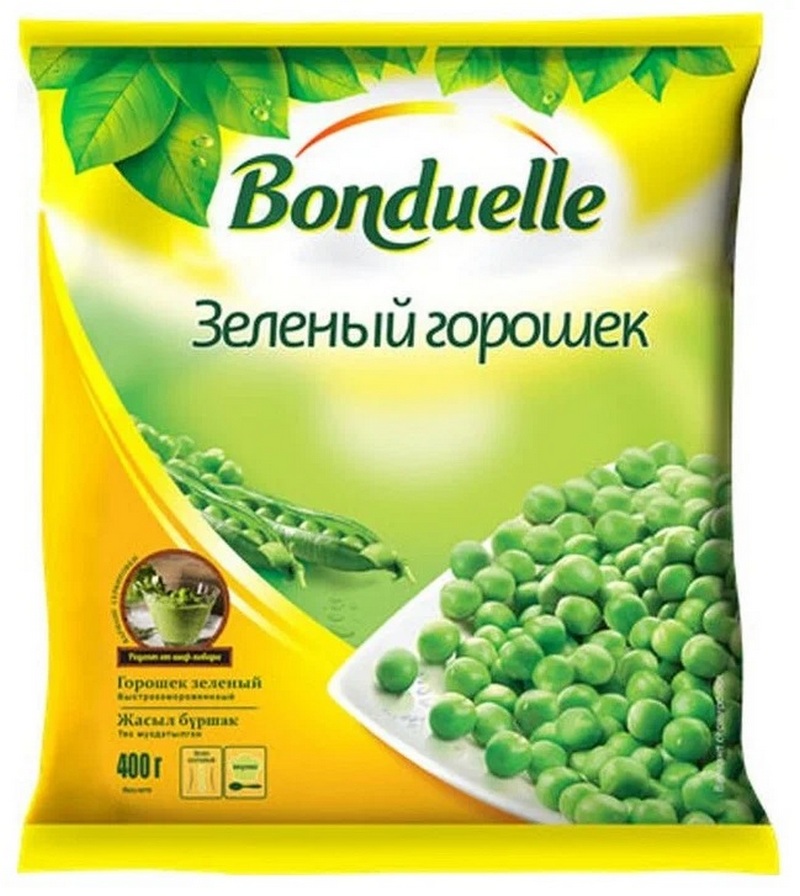
- Quality production;
- World brand;
- Sufficient energy value.
- Not detected.
3rd place: "Ilyinka" broccoli cabbage "
votes 0
An excellent product that can be useful for preparing various vegetarian dishes. The product is focused mainly on frying. Before cooking, defrosting will be required, which can be done in three ways: in the microwave on the appropriate mode, in a frying pan over low heat, in a natural way. Domestic product. The recommended cost for retail chains is 217 rubles.
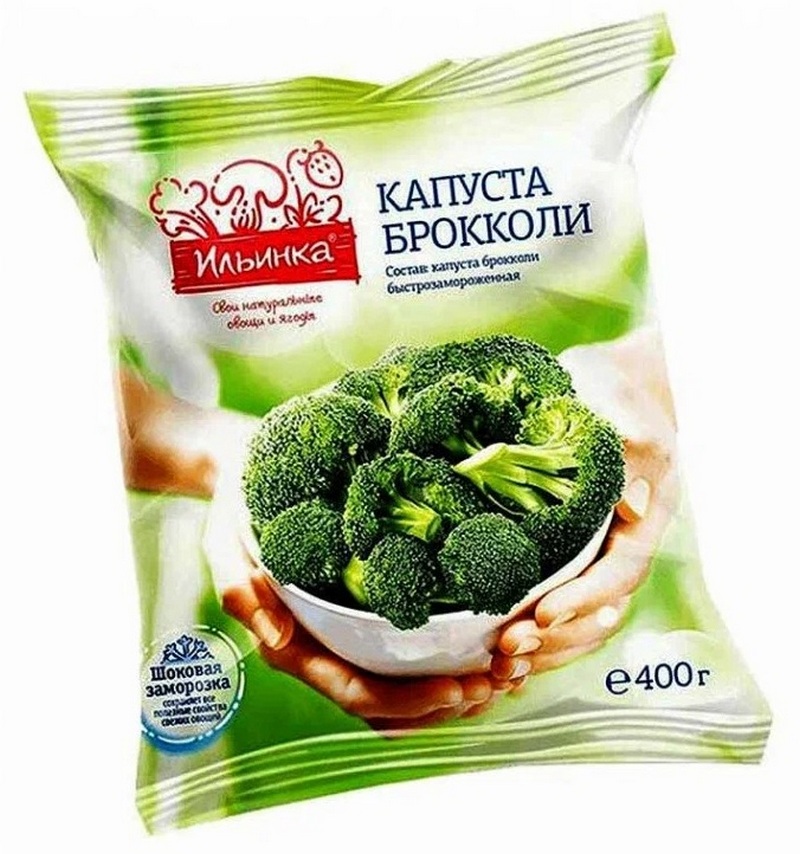
- Lots of defrost options
- Suitable for vegetarian dishes;
- Easy cooking.
- Somewhat overpriced.
2nd place: "Planet of Vitamins" tricolor sweet pepper"
votes 0
Quick-frozen sweet red, yellow, green peppers. Vegetables of the Planet of Vitamins trademark can become the basis of soups, second courses, side dishes and pastries.
Frozen fruits are a good alternative to fresh herbs. They are pre-washed, sorted, sliced if necessary and frozen using efficient blast freezing technology. Sweet pepper is a natural source of vitamins C, A, B2, B1 and minerals - calcium, potassium, phosphorus, sodium, magnesium. The recommended cost for retail chains is 110 rubles.
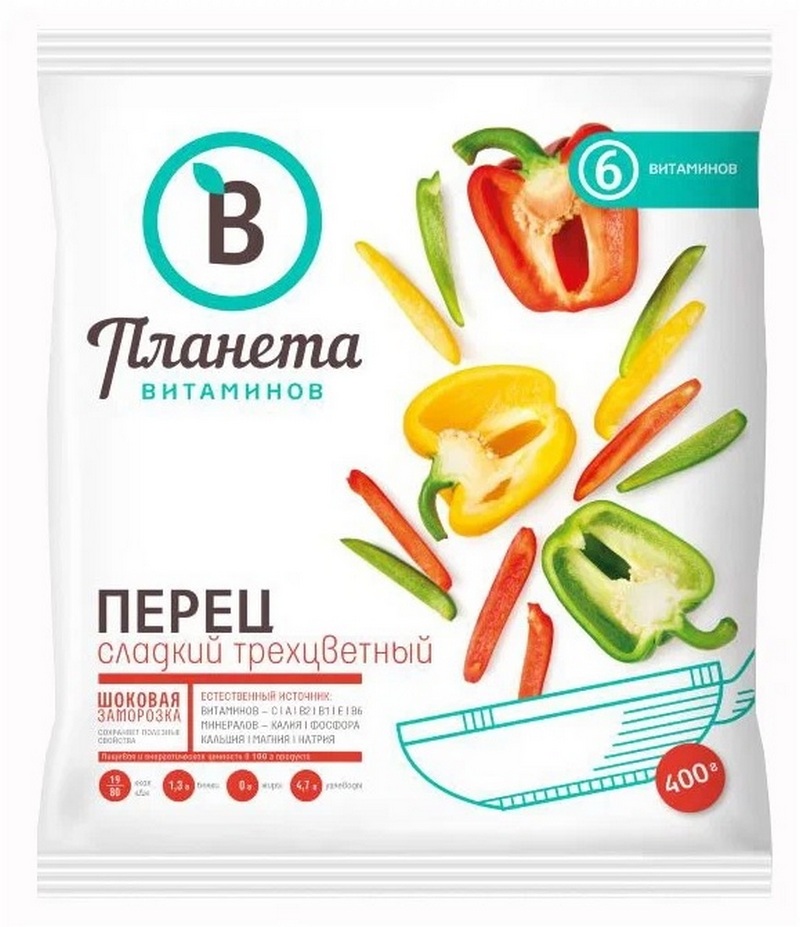
- Shock preservation technology;
- The best ratio of price and quality;
- Complete set of vitamins and minerals.
- Not detected.
1st place: "Planet of Vitamins - Eat at home" cauliflower"
votes 0
A good option for creating quality side dishes, as well as independent dishes. All contents are neatly cut into almost equal sprouts, suitable for both boiling and frying. The package is well worth the price. The recommended cost for retail chains is 110 rubles.
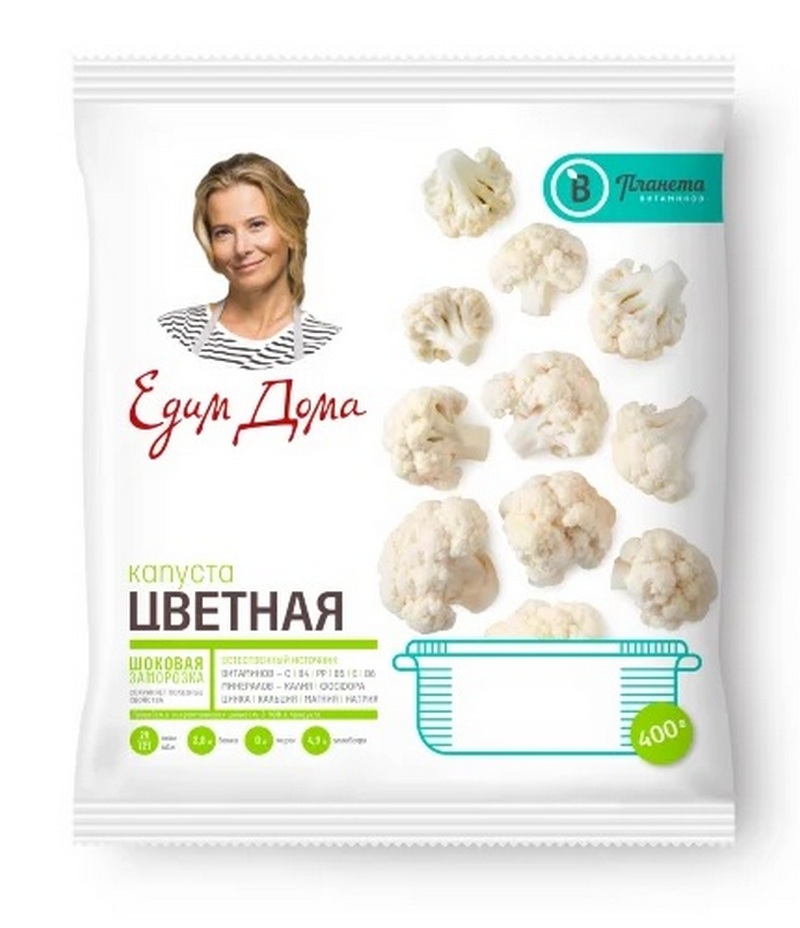
- Good value for money;
- Quality conservation;
- Convenient and proper cutting into parts.
- Slightly weak taste (due to the specifics of the product).
Mixes and mixes
5th place: "Bonduelle" mix "Mexican mix" with rice"
votes 0
This is an easy solution for lunch or dinner in 10 minutes.The composition includes steamed rice, corn kernels, green peas, sweet peppers, green beans, onions and carrots. Bonduelle products are grown by farmers in ecologically clean regions. Harvesting is done by hand at the peak of maturity, when seasonal vegetables are at their most delicious and healthy. The product serves as a source of vitamins A, B, C, K, potassium and fiber. 100 grams of corn mix contains 81 calories. Ready mix for frying does not need to be defrosted first. Before use, you only need to warm it in a frying pan with oil for 10 minutes. The shelf life of the Mexican mixture is 24 months from the date of manufacture. The product does not contain GMOs. The recommended cost for retail chains is 80 rubles.
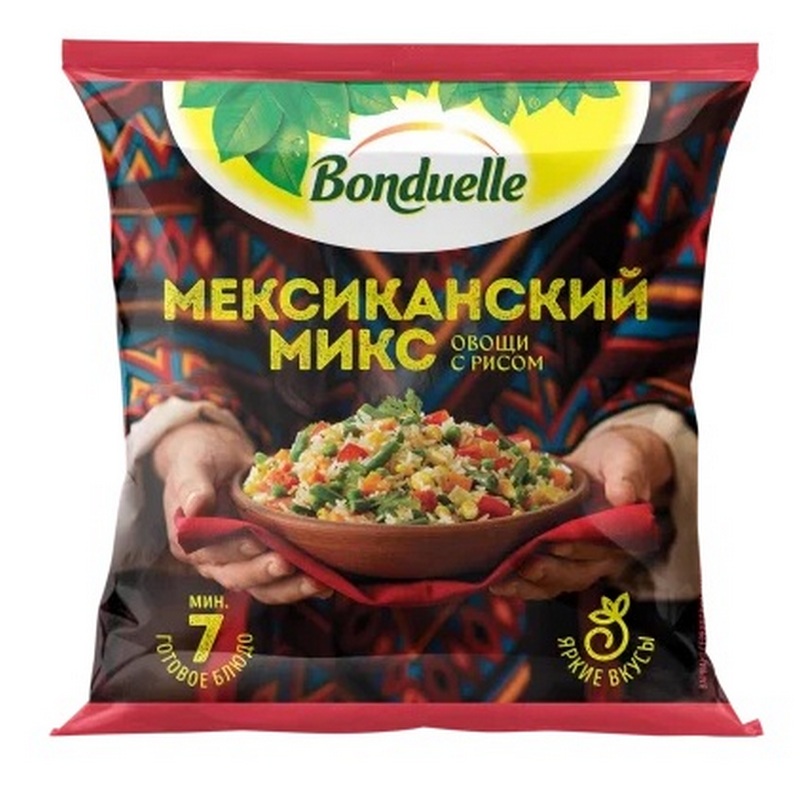
- Does not contain GMOs;
- Good vitamin filling;
- Extended shelf life.
- Not detected.
4th place: "Bonduelle" mix "Ratatouille"
votes 0
The birthplace of "ratatouille" is the French province of Provence. It was in this region that the famous peasant dish of seasonal vegetables and local herbs was invented. Unusual, delicate and truly summer taste of "ratatouille" today was appreciated by the whole world. The composition of the legendary French dish includes: eggplant, peppers, tomatoes, zucchini, onions. The main purpose is for a side dish or for frying. The recommended cost for retail chains is 130 rubles.
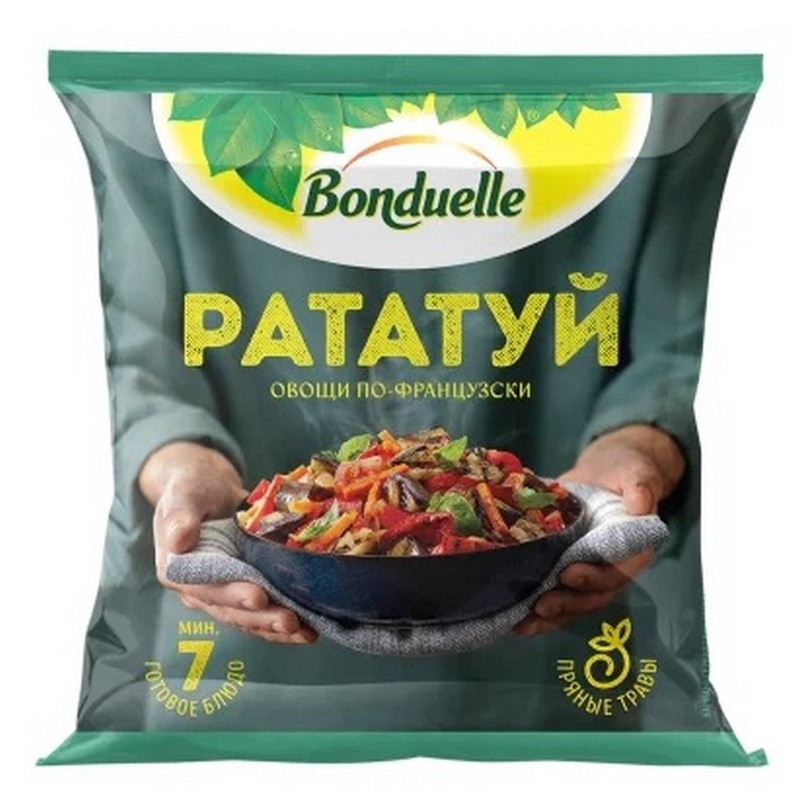
- Quality production;
- original taste;
- Simple cooking.
- Not detected.
3rd place: Miratorg Couscous in Morocco sauce
votes 0
One of the best frozen mixes. The taste is unusual, pleasant. The mixture already has the necessary spices and you need to add only pepper and salt.The end result is complete. You don’t have to think anything out, as in other versions of frozen vegetable mixtures. Great side dish, quick and easy to make. The taste is pleasant and interesting, especially in winter, when there is not enough fresh food. The recommended cost for retail chains is 90 rubles.

- Good taste;
- Adequate price;
- Doesn't require a lot of spices.
- Not detected.
2nd place: "Bonduelle" mix "Hawaiian mix" 400g"
votes 0
Fruits and Rice Hawaiian Mix - an easy option for lunch or dinner in 10 minutes. The composition includes steamed rice, green peas, corn grains and sweet peppers. Harvesting is done by hand at the peak of technical maturity, when vegetables are most tasty and healthy. The product serves as a source of B, C, A vitamins, potassium, magnesium and dietary fiber. The recommended cost for retail chains is 81 rubles.

- Good vitamin saturation;
- Adequate price;
- Simple cooking.
- Not detected.
1st place: "Bonduelle" mixture of "Turkish Fasulye"
votes 0
Turkish cuisine is a treasure trove of various recipes that combines the traditions of the East and the Mediterranean. Dishes from legumes and fruits occupy a special place in it. Delicious and satisfying - they are remembered for a long time by those who have tried them at least once. The composition includes: peas, beans, broccoli, cauliflower. Purpose - for garnish or for frying. The recommended cost for retail chains is 126 rubles.

- original recipe;
- Easy defrosting;
- Environmentally friendly products.
- Somewhat high price for a small amount of ingredients.
Conclusion
Frozen fruits are quite capable of being more nutritious than fresh ones because they are packaged immediately after harvest and when they contain the maximum nutrients. You should not refuse them and use exclusively fresh fruits, because frozen products, plus everything else, are convenient and can reduce cooking time. You just need to know what to look for and how to cook.
new entries
Categories
Useful
Popular Articles
-
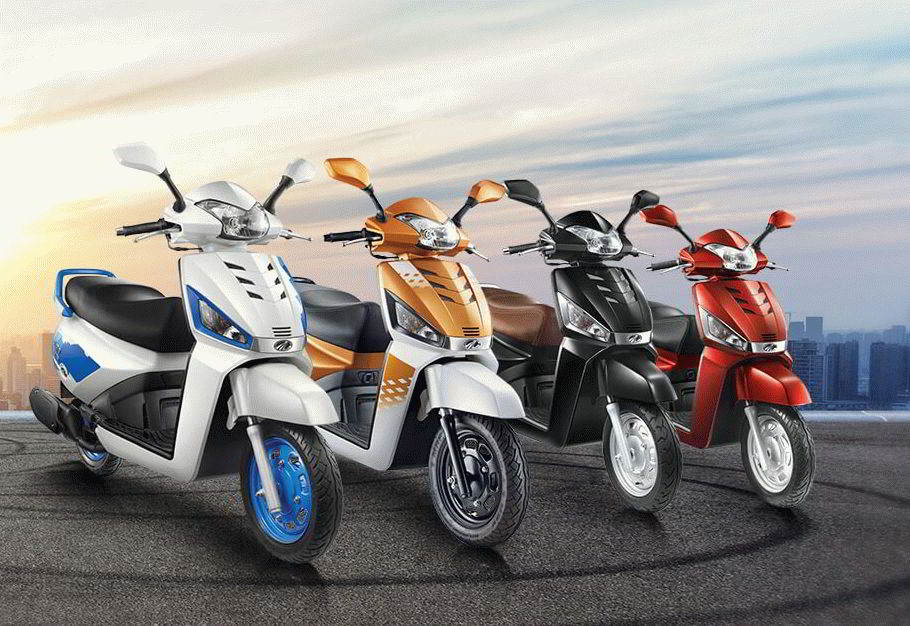
Top ranking of the best and cheapest scooters up to 50cc in 2025
Views: 131649 -

Rating of the best soundproofing materials for an apartment in 2025
Views: 127687 -

Rating of cheap analogues of expensive medicines for flu and colds for 2025
Views: 124516 -

The best men's sneakers in 2025
Views: 124030 -
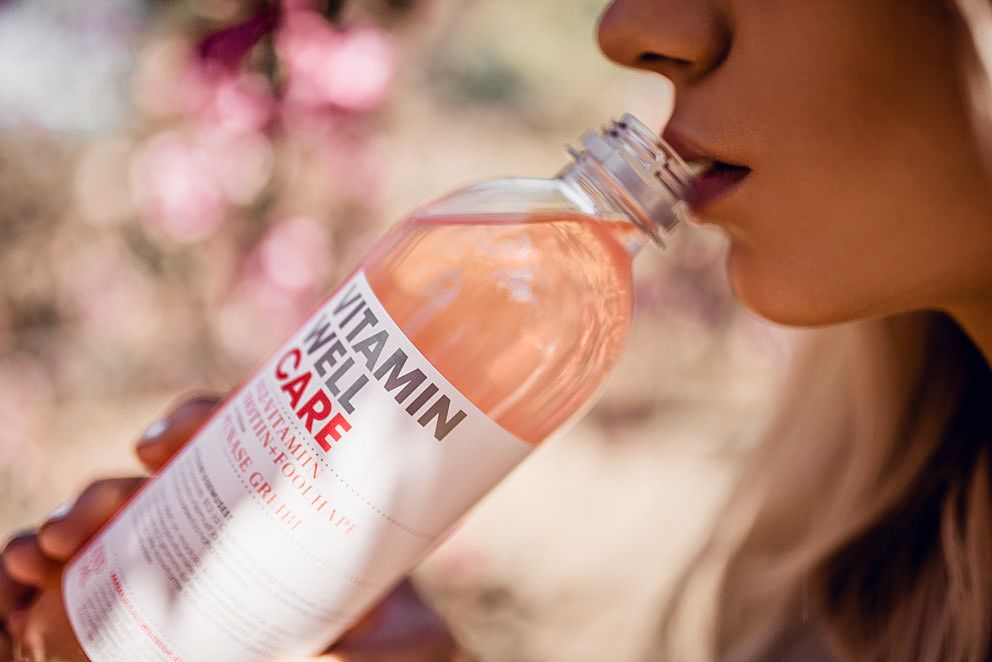
The Best Complex Vitamins in 2025
Views: 121937 -
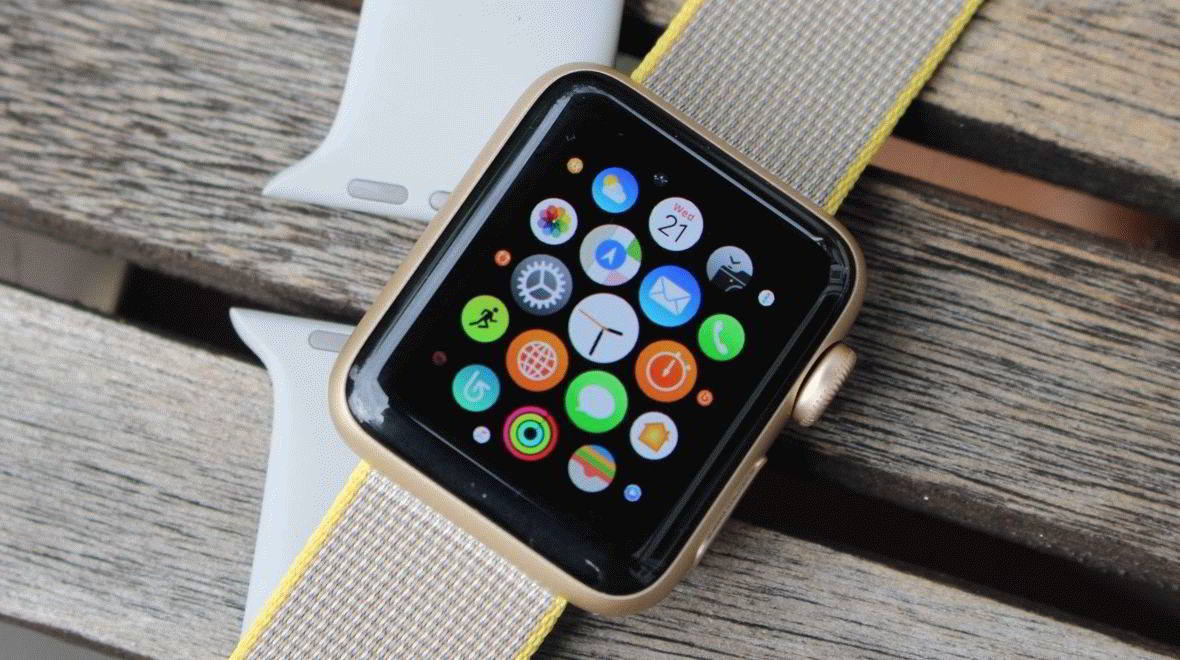
Top ranking of the best smartwatches 2025 - price-quality ratio
Views: 114978 -

The best paint for gray hair - top rating 2025
Views: 113393 -

Ranking of the best wood paints for interior work in 2025
Views: 110317 -
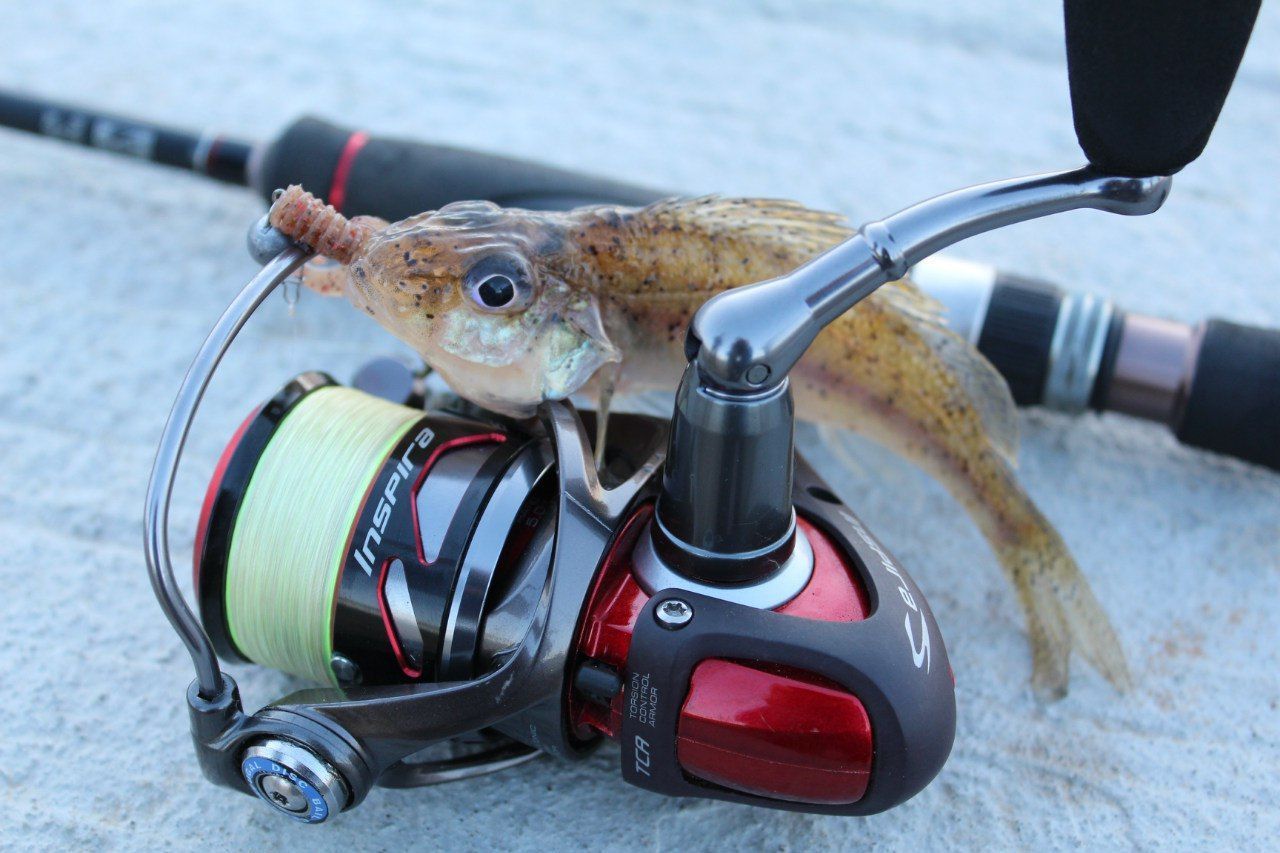
Rating of the best spinning reels in 2025
Views: 105326 -

Ranking of the best sex dolls for men for 2025
Views: 104363 -
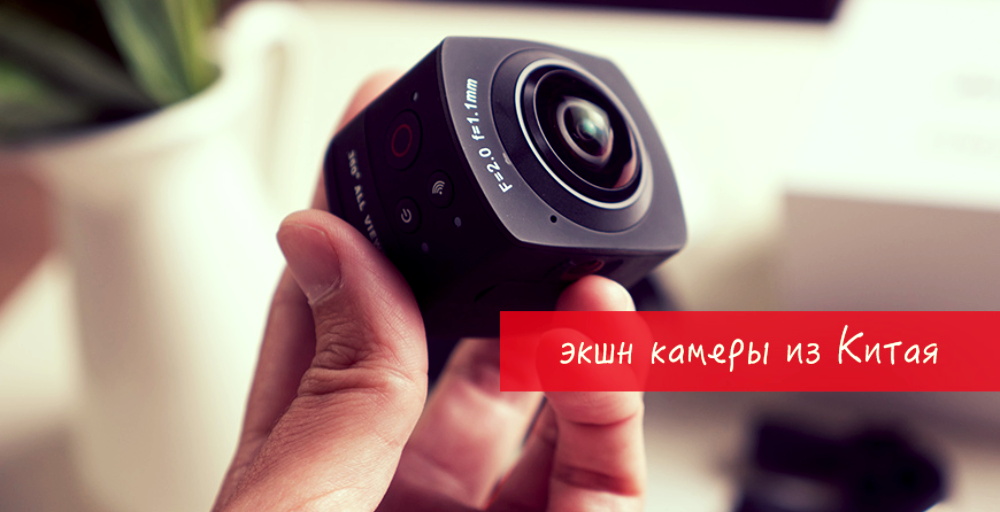
Ranking of the best action cameras from China in 2025
Views: 102214 -
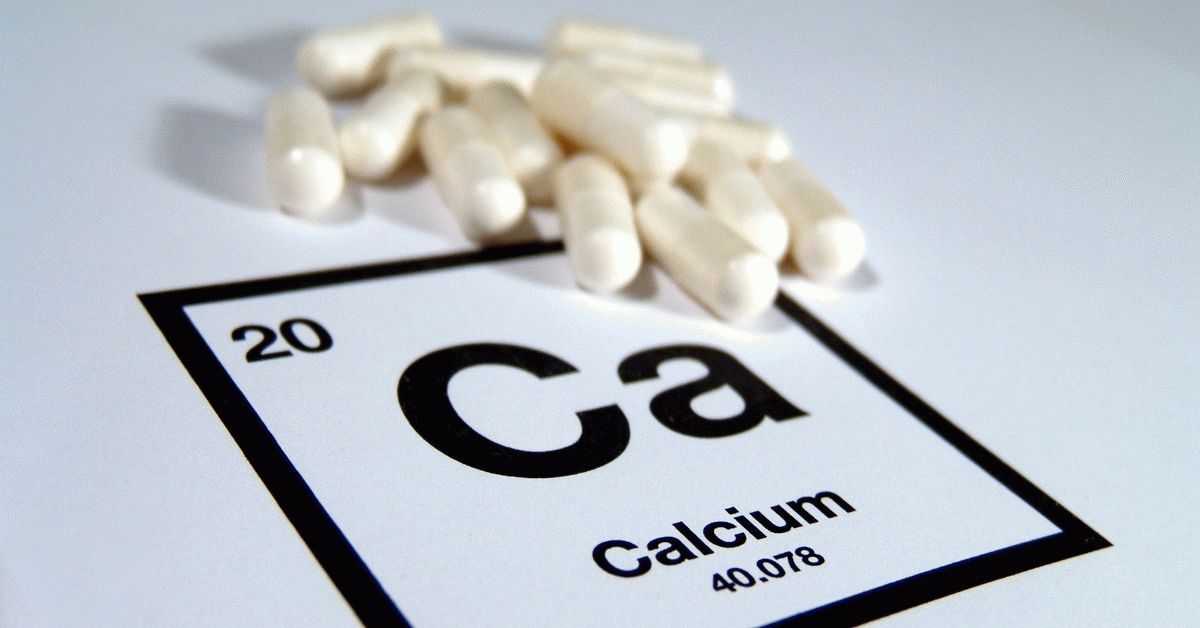
The most effective calcium preparations for adults and children in 2025
Views: 102010


